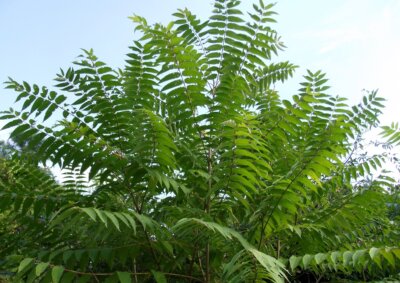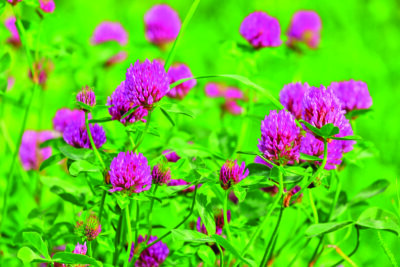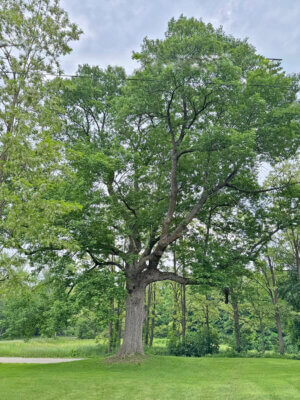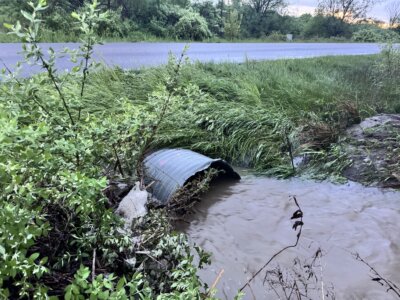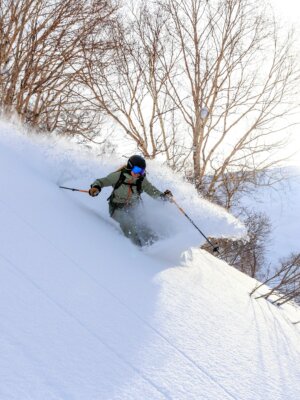Trying to put climate-changed weather in perspective
Sometime in early January, our solar credits ran out. Panels on our roof generally power all of our needs until about March. But as we all know, 2023 was cruel to our Brave Little State. With two devastating floods, a rainy summer, and grey months of November and December, it is no surprise that solar generation was crippled. This year has started no better with Burlington enduring its cloudiest January since 1951 and snow sports struggling to find enough of the white stuff.
Last February in this column, I wrote about cloudiness in the Champlain Valley: “When we bought our Charlotte home in the mid-’80s, then town clerk Hazel Prindle congratulated us on moving to the cloudiest place in the lower 48 states, the Champlain Valley.”
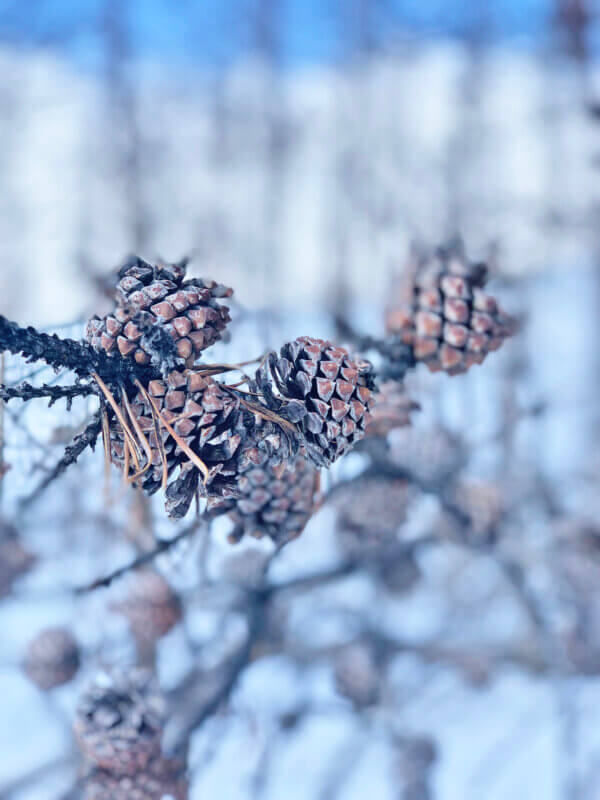
I noted that “The Farmers’ Almanac” affirms that Lake Champlain, the Atlantic Ocean and the Green Mountains are just a few of the factors that account for Vermont’s huge number of overcast days. Vermont, the Almanac claims “sees only 58 days of full sunshine each year whereas Seattle, legendary for its rain, experiences 71 sunny days.”
Per “The Farmers’ Almanac”: February averages the same number of sunny days as January but there’s more warmth and hope in that sunshine. The Almanac’s 2024 winter forecast for Vermont is: “Cold, snowy.” Some sunny days would be nice, too.
Speaking of sunshine, our adult children and young grandchildren all live in sun-drenched Colorado. We spend Christmas there, en famille, and then migrate to the mountains for January. This year has delivered what we always hope for, a mix of sunshine and powdery snow. Who could ask for more, right?
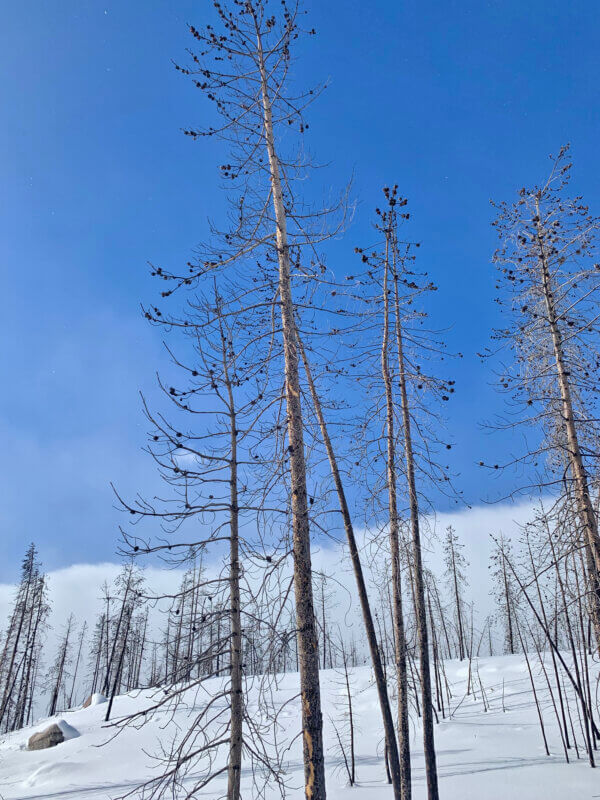
Well, Colorado, along with much of the West, is basically desert. In recent years fire and drought have plagued the region.
It was little more than two years ago that we were forced to evacuate from the Marshall Fire, not far from Boulder, that destroyed 1,000 homes in 12 hours.
There’s the Colorado River, on which 40 million souls and a good deal of the country’s produce depend. More than a century ago the river’s water was wildly over-allocated, distributing more water than the river carries in the best of times. These are not the best of times for the watershed. A quarter-century drought has lowered the water level of the river’s two main reservoirs, Lakes Powell and Mead.
Related Stories
Popular Stories
If you enjoy The Charlotte News, please consider making a donation. Your gift will help us produce more stories like this. The majority of our budget comes from charitable contributions. Your gift helps sustain The Charlotte News, keeping it a free service for everyone in town. Thank you.
Andrew Zehner, Board Chair




